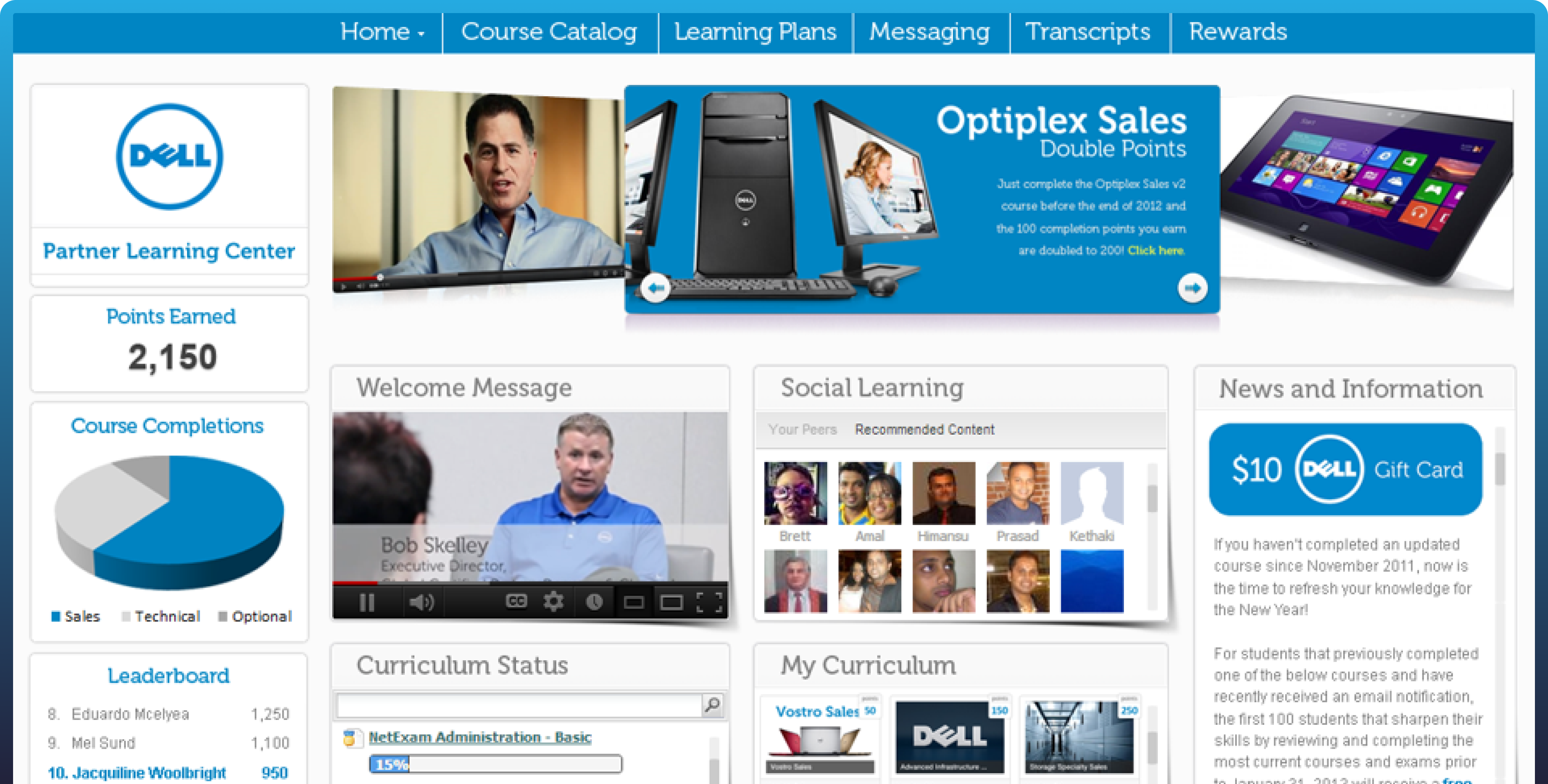Customer Training – Is It for You?
The benefits are clear when you train your employees with an LMS; it gets them up to speed quickly, increases their knowledge, and boosts their performance. But have you thought about customer training and why you should provide it? How should you offer it, and why is it such a strong trend in business?
What is a customer training program?
eLearning for customer training is called extended enterprise and refers to training people not part of your business. This comprehensive enterprise could include partners, customers, and resellers.
One of the most rapidly evolving pieces of training with software companies is customer training. These training programs or courses are created to help your users use your product. This training helps to increase your customer’s experience. These programs increase the value of your business when the user understands exactly how the product will save them time or make their life easier.
By training a customer, they engage more with your product and are more likely to become long-term users. Instead of getting them past their initial use, you are helping them become more knowledgeable. In turn, your product becomes more and more valuable to them.
Here are some common benefits of training your customers:
Better customer onboarding:Training can drastically improve the success of your customers. One of the most crucial times to train is during customer onboarding allowing your products to shine. Great training encourages the customer’s continued use.
Increased engagement with your product: Customer training programs serve as a differentiator between competition. Great training raises the customer experience. Companies are recognizing training creates more engaged, capable users who derive greater value from their product. This has a direct impact on customer satisfaction metrics like Customer Satisfaction Score (CSAT) or Net Promoter Score (NPS).
Improved customer retention:Customer training helps to retain more customers by addressing the difficult places of their experience. If customers because the learning curve is steep, then a greater percentage might be attained through an onboarding course.
Four items to remember when drawing in more customers with customer training:
Support Cost Reduction: Support tickets are greatly reduced by customer training; not just the common questions but your support team has greater resources to assist.
Increases the upgrading customers: Customers with more experience using your software are more likely to upgrade to higher plans. Training plays a large role in that.
Creates your brand promoters: Customer training positively impacts the Net Promoter Score. The NPS is based on a question: How likely is it that you would recommend this company to a friend or colleague?” Customers rate their answers on a scale from 0 to 10. It’s a key performance metric to track the growth of your product. When someone’s score is in the ‘promoter’ area (9 – 10) they’re satisfied with your product and will market it for you. These customers are motivated, they are vocal, and they will refer and recommend.
Return on investment (ROI): In order to get a speedy return on the time and expense of a customer training program, you need to focus on the most tangible evidence.
By combining CRM, for example, Salesforce, and LMS data, you can see an increase in your customer retention rate, an increase in the number of upgraded accounts, and a decrease in the cost of support (fewer tickets/queries per month). Customer training works best as a customer-centric approach and is another way to engage customers. An eCommerce model which gives customers the ability to purchase and take courses as self-service is another great source of revenue.

